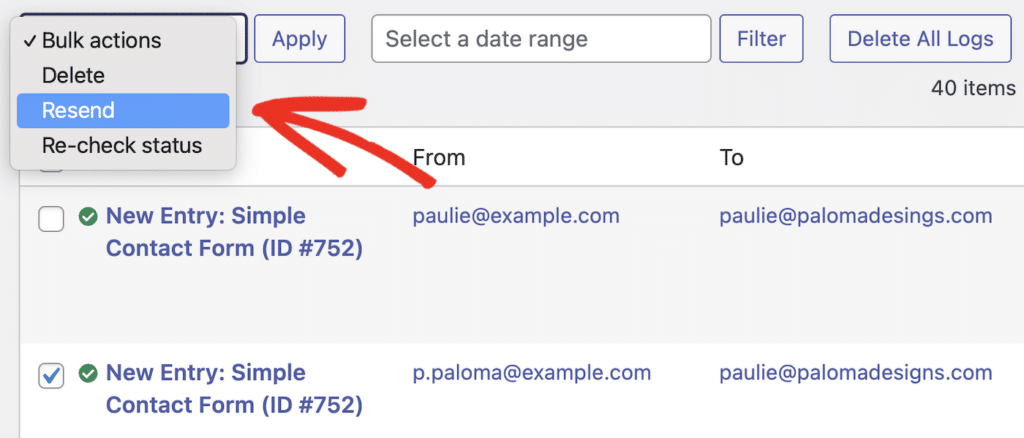Email System Routing Page
When it comes to managing your email system, one of the most crucial components is the routing page. This is where you can control how emails are sent and received within your organization. By understanding how the routing page works, you can ensure that your emails are delivered efficiently and securely.
Routing pages are often found within email management systems, such as Microsoft Exchange or Gmail. They allow you to set rules and protocols for how emails should be routed throughout your organization. This can include directing emails to specific mailboxes, filtering out spam, or encrypting sensitive information.
One of the key features of a routing page is the ability to create custom rules. For example, you can set up rules that automatically forward emails from certain senders to specific individuals within your organization. This can help streamline communication and ensure that important messages are not missed.
Routing pages also play a critical role in email security. By setting up encryption protocols and spam filters, you can protect sensitive information and prevent malicious emails from reaching your employees. This is especially important in today’s digital age, where cyber threats are constantly evolving.
Another benefit of a routing page is the ability to track and monitor email traffic. By analyzing routing data, you can identify trends and patterns in how emails are being sent and received. This can help you optimize your email system and ensure that it is operating at peak efficiency.
Overall, the routing page is a critical component of any email system. By understanding how it works and making use of its features, you can ensure that your organization’s emails are delivered reliably and securely. So, take the time to explore your email system’s routing page and see how you can optimize it for your organization’s needs.
